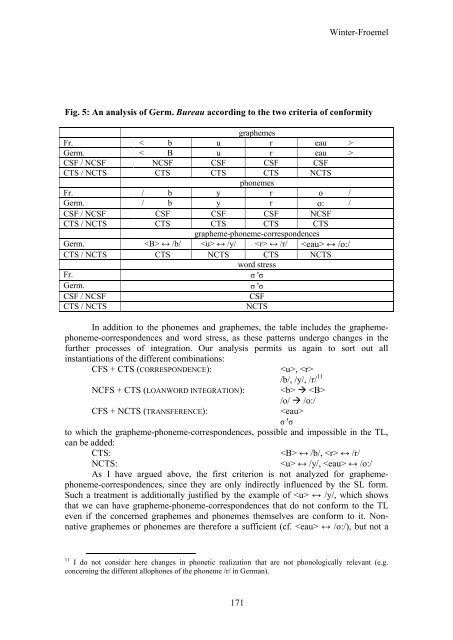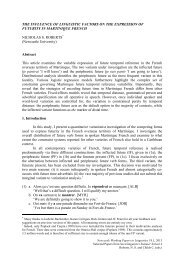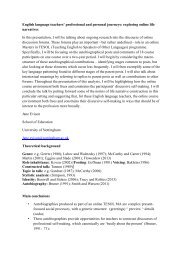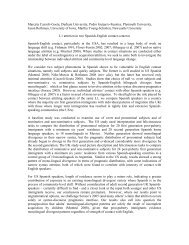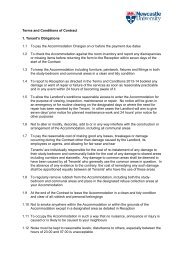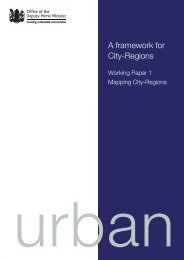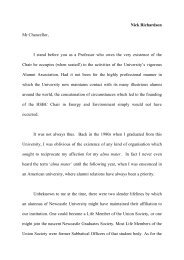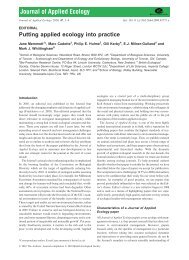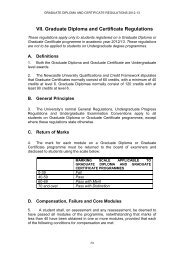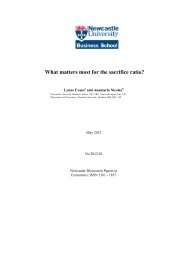156 STUDYING LOANWORDS AND LOANWORD INTEGRATION ...
156 STUDYING LOANWORDS AND LOANWORD INTEGRATION ...
156 STUDYING LOANWORDS AND LOANWORD INTEGRATION ...
You also want an ePaper? Increase the reach of your titles
YUMPU automatically turns print PDFs into web optimized ePapers that Google loves.
171<br />
Winter-Froemel<br />
Fig. 5: An analysis of Germ. Bureau according to the two criteria of conformity<br />
graphemes<br />
Fr. < b u r eau ><br />
Germ. < B u r eau ><br />
CSF / NCSF NCSF CSF CSF CSF<br />
CTS / NCTS CTS CTS CTS NCTS<br />
phonemes<br />
Fr. / b y r o /<br />
Germ. / b y r o: /<br />
CSF / NCSF CSF CSF CSF NCSF<br />
CTS / NCTS CTS CTS CTS CTS<br />
grapheme-phoneme-correspondences<br />
Germ. ↔ /b/ ↔ /y/ ↔ /r/ ↔ /o:/<br />
CTS / NCTS CTS NCTS CTS NCTS<br />
word stress<br />
Fr. σ 'σ<br />
Germ. σ 'σ<br />
CSF / NCSF CSF<br />
CTS / NCTS NCTS<br />
In addition to the phonemes and graphemes, the table includes the graphemephoneme-correspondences<br />
and word stress, as these patterns undergo changes in the<br />
further processes of integration. Our analysis permits us again to sort out all<br />
instantiations of the different combinations:<br />
CFS + CTS (CORRESPONDENCE): , <br />
/b/, /y/, /r/ 11<br />
NCFS + CTS (<strong>LOANWORD</strong> <strong>INTEGRATION</strong>): � <br />
/o/ � /o:/<br />
CFS + NCTS (TRANSFERENCE): <br />
σ 'σ<br />
to which the grapheme-phoneme-correspondences, possible and impossible in the TL,<br />
can be added:<br />
CTS: ↔ /b/, ↔ /r/<br />
NCTS: ↔ /y/, ↔ /o:/<br />
As I have argued above, the first criterion is not analyzed for graphemephoneme-correspondences,<br />
since they are only indirectly influenced by the SL form.<br />
Such a treatment is additionally justified by the example of ↔ /y/, which shows<br />
that we can have grapheme-phoneme-correspondences that do not conform to the TL<br />
even if the concerned graphemes and phonemes themselves are conform to it. Nonnative<br />
graphemes or phonemes are therefore a sufficient (cf. ↔ /o:/), but not a<br />
11 I do not consider here changes in phonetic realization that are not phonologically relevant (e.g.<br />
concerning the different allophones of the phoneme /r/ in German).


